

Do 335A-0
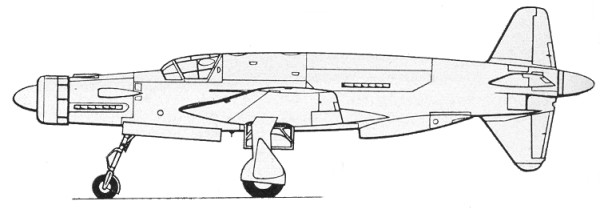
The Dornier 335, if nothing else, is a fascinating piece of hardware that might have been the future of fighter aircraft had it not been eclipsed by jet engine technology. It took Claude Dornier's push pull configuration to the ultimate and produced what is considered by most the be the fastest prop driven aircraft of WWII. The virtual chaos that existed within the German aircraft industry and the country itself during the last two years of the war doomed it to a relatively few series of prototypes meant to cover every possible use one might imagine including fighter, Zerstorer, night fighter, reconnaissance, and fast bomber but did nothing to towards stemming the onslaught of the allies. The A series was a group of 10 pre-production machines intended to work out the bugs and test a variety of different configurations. A contract for these was placed in December of 1943. The aircraft were built at Dornier's airfield at Oberpfaffenhofen due to bomb damage at Dornier's Friedrichshafen factory. The first A-0 aircraft made its first flight on September 30, 1944.
The Kit
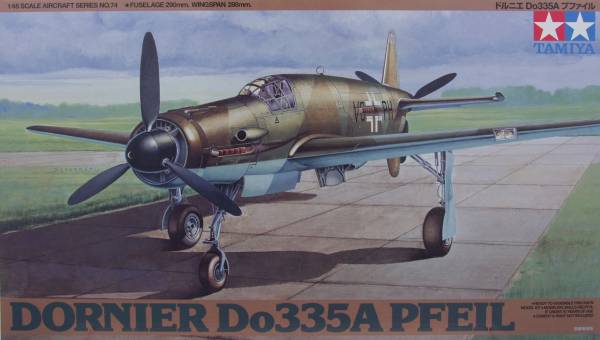
The Tamiya kit kit comes in a top open two part box with attractive artwork on the top. Inside the box is five bags, four of them contain the parts molded in dark gray plastic while the fifth contains the clear parts. The parts have a smooth shiny finish with recessed panel lines and fastener detail. None of the airframe parts have any sink marks or other surface defects. There are a number of ejector pin marks in areas that will need to be addressed such as inside of gear doors, bomb bay doors and inside the bomb bay. A few of them are small enough that you may chose to ignore them. The kit is well engineered both in fit and adaptability. Separate panels that vary from version to version fit along natural panel lines easing seam work. There is a spar for the wing that utilizes a latching mechanism to insure a tight wing join and correct wing dihedral. The kit contains a high level of detail, including the cockpit, bomb bay and gear bays. The kit comes with a 500 kg bomb for the bomb bay, cowl sections with both open and closed cowl flaps. all of the control surfaces are fixed. Two identical pilot figures are suppled so you'll have one for your spares box. There are a total of 105 parts in gray plastic. The clear parts are thin and clear with well defined framework lines and include the windscreen and canopy as separate pieces so the canopy can be displayed in the open position. Altogether there are 5 clear parts bringing the total to 110 parts. The kit also includes a weight to keep the model from being a tail sitter and the famous polycaps for mounting the props. For the kit parts see the photos shown below.
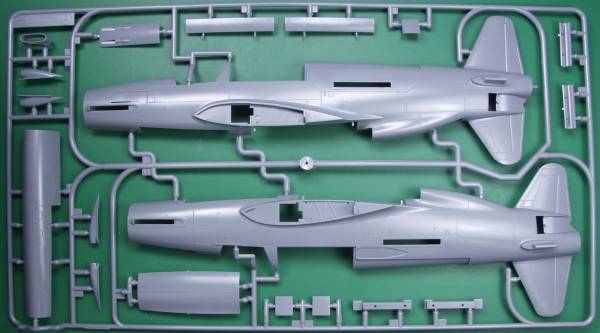
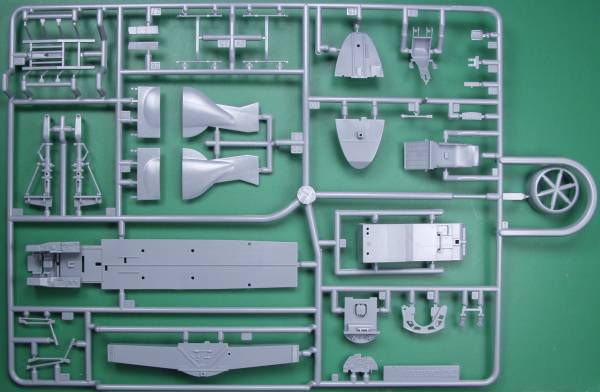
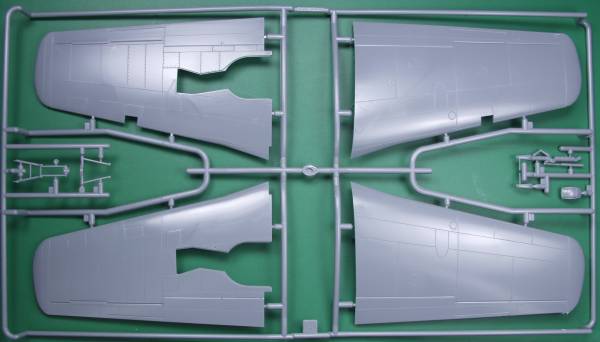
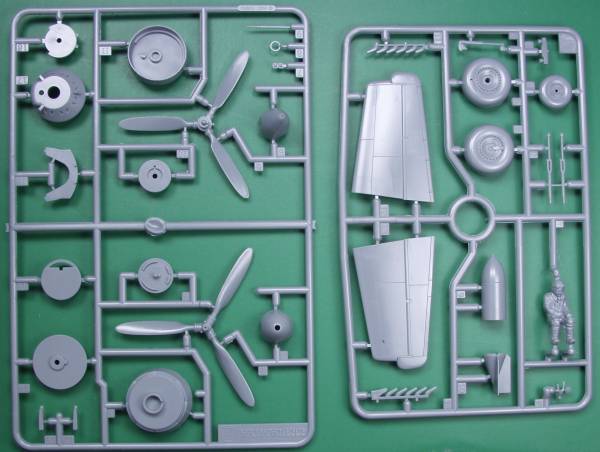
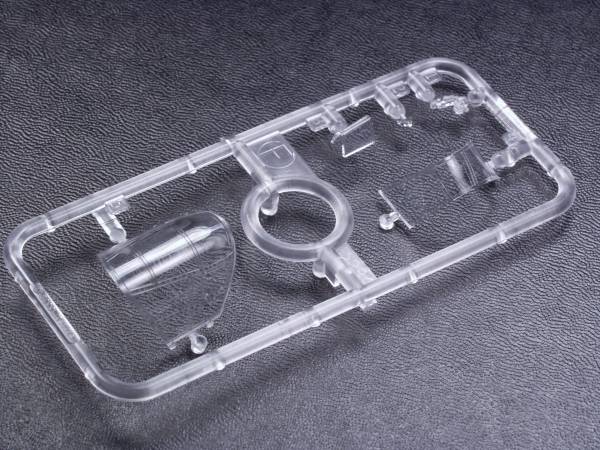
Decals are provided for three aircraft, only one carries radio call sign numbers, the other two only have tail numbers, the balance of the marking are the same for all three aircraft. The decals are a medium thickness and in register. The decals include the seat harness and belts and a panel decal as well as swastikas. There is a reasonable amount of stenciling and its all readable. See below.
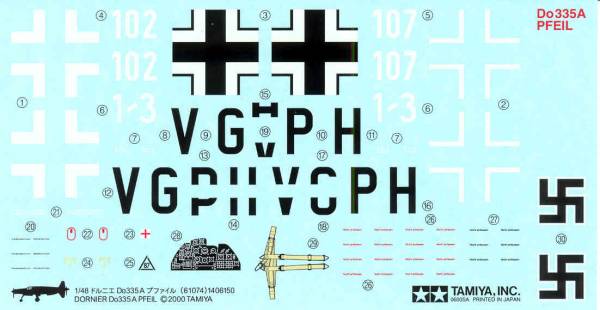
The instructions are printed on a 10 1/4" x 34" sheet folded to provide 10 panels. The first panel is history in 4 languages, panel two lists tools , paints by color name and Tamiya numbers, precautions and the first bit of assembly, the next six panels are assembly and the last two cover paint and markings. Also included is a 16 1/2" x 11 1/2" page with a full size drawing showing the camouflage pattern from the top and both sides. This is a nice feature as it can be cut up and used as a mask for painting.
After Market Goodies
As I mentioned earlier the kit is very well detailed out of the box and the first thing I plan on using is an Eduard Zoom photoetch kit [FE168]to dress up the cockpit and cowling area a bit. I'm not certain that this set is still available. A newer set numbered 48332 which includes more parts is still currently available. Photo below is the 168 set.
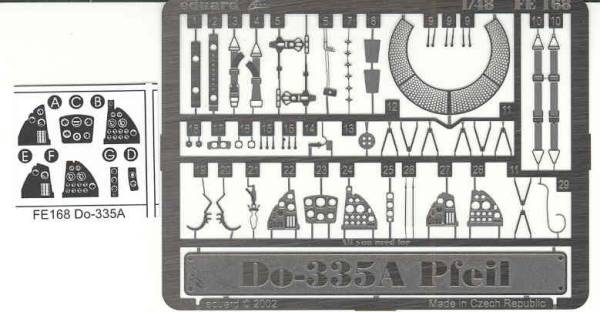
Next up are a set of exhausts from Quick Boost [48049] these are very nicely cast in gray resin and have hollowed out ends which saves the time one would spend hollowing out the kit parts. See below.
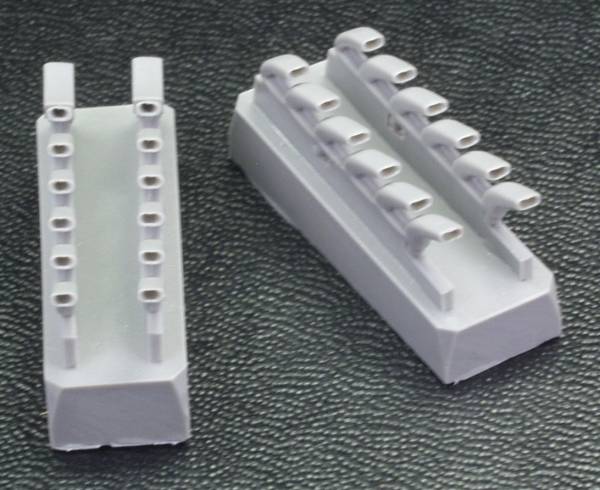
The only other after market item I plan to use will be an Eduard mask set [XF074] as I hate to mask canopys. There are numerous other sets available to enhance and upgrade this kit but the ones shown or mentioned above are all that I have currently.
Conclusions
This is an excellent kit, well detailed, well engineered with no real fit issues and is the kind on kit that most anyone could assemble into a nice looking model. Highly recommended !
Links to kit build or reviews
A review of the kit can be found here.
References
"Dornier 335 Arrow" by J. Richard Smith, Eddie J. Creek and Thomas H. Hitchcock
The Build
I'm not going to go into great detail here as this kit has been well covered on other sites. The following are a couple photos of the cockpit area. I used most of the supplied PE parts and added wiring behind the instrument panel.
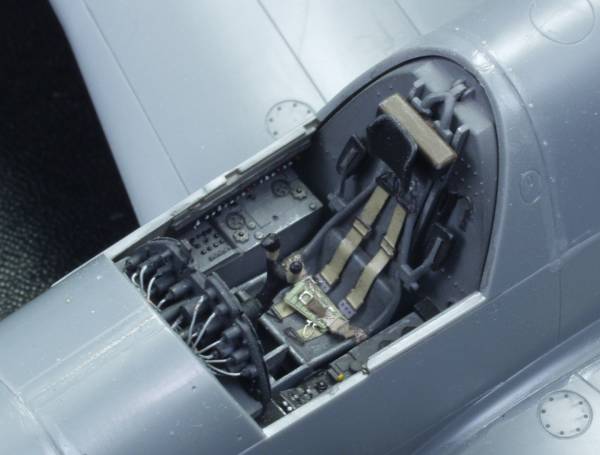
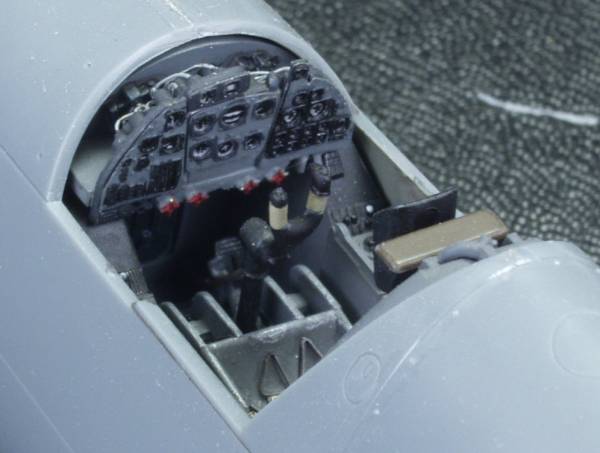
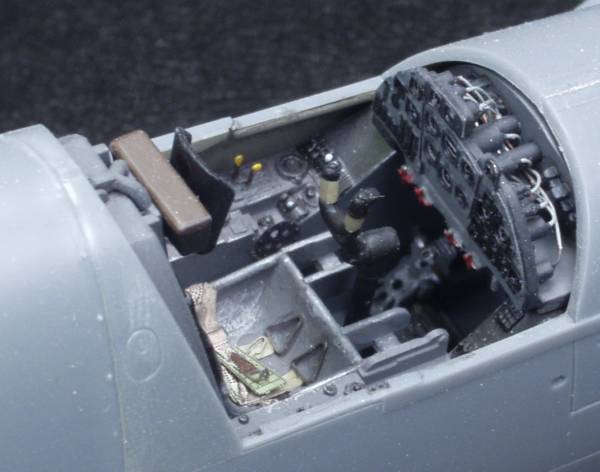
It took a while but I finally got around to finishing this build. After reading about Hans-Werner Lerche's flight to return this aircraft to the Dornier Works at Oberpfaffenhofen from Rechlin I decided to use the markings supplied in the kit. I did go against the convention of using the late war bright green and brown violet since it had been documented that the aircraft wore two shades of dark green during the war. In spite of this information, Dornier used the late war colors when they refurbished the aircraft. My choice was 71 dark green and 83 green, the darker of the late war colors. This gave a lower contrast between color that seemed closer to the way the aircraft looked in war time photos. The photos below show the completed aircraft.
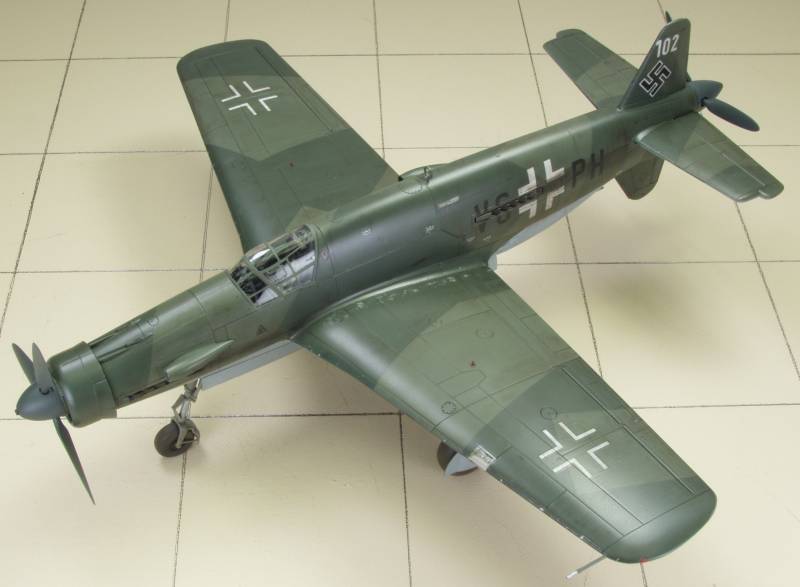
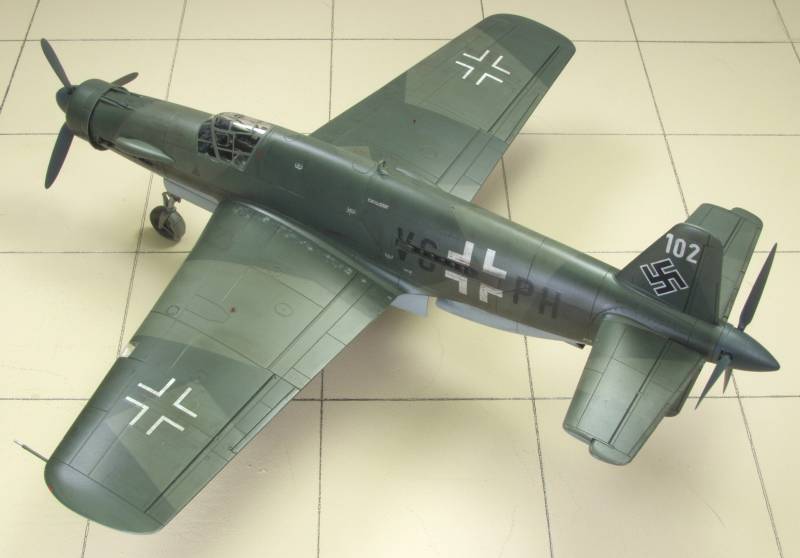
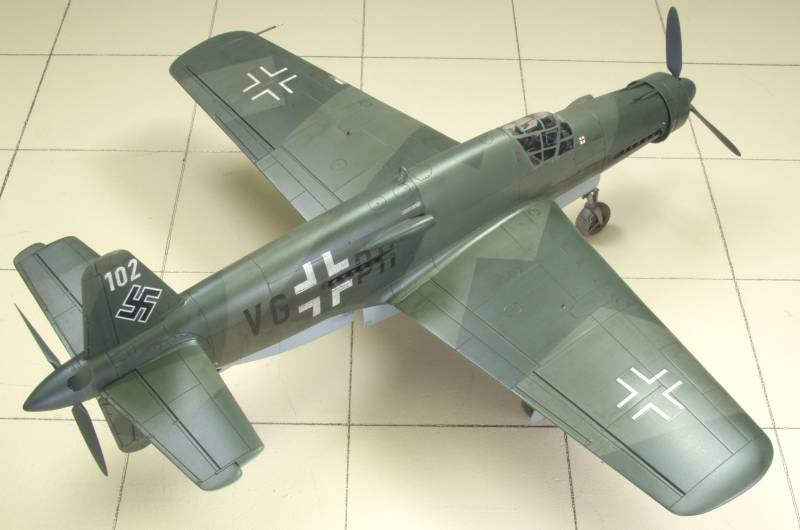
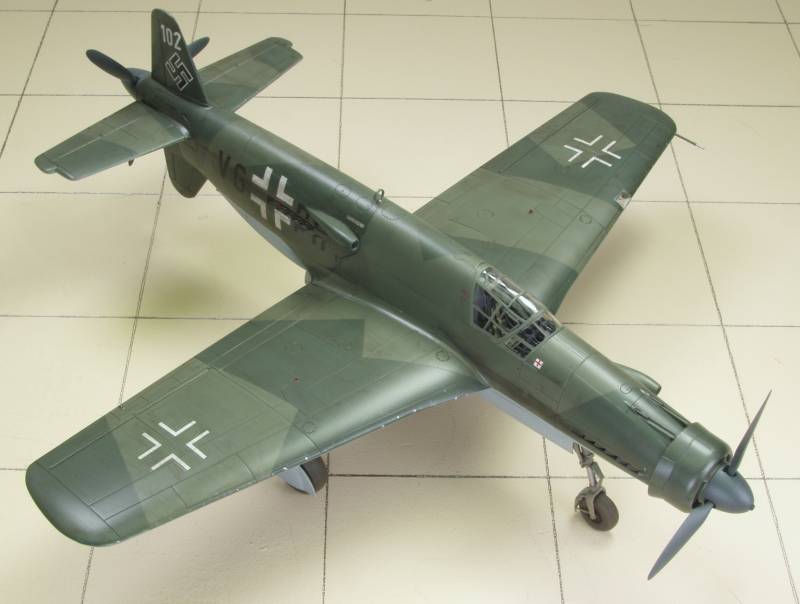
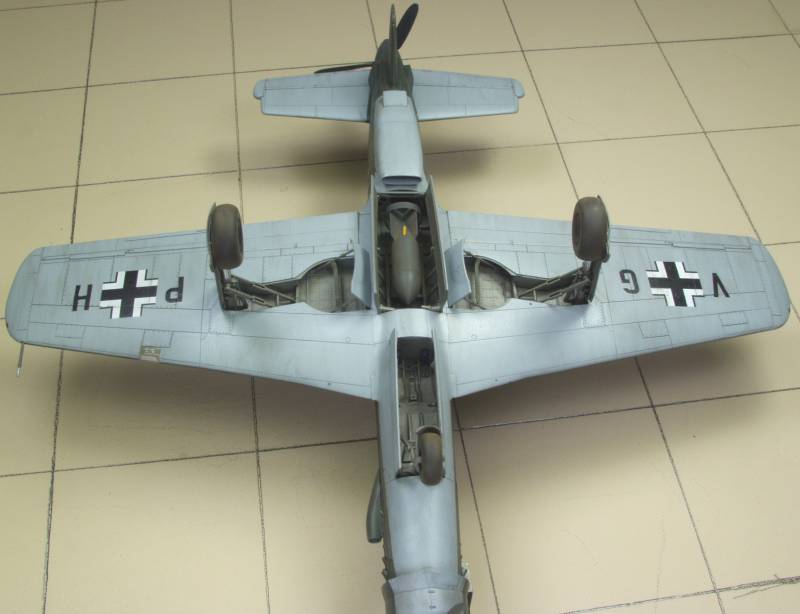
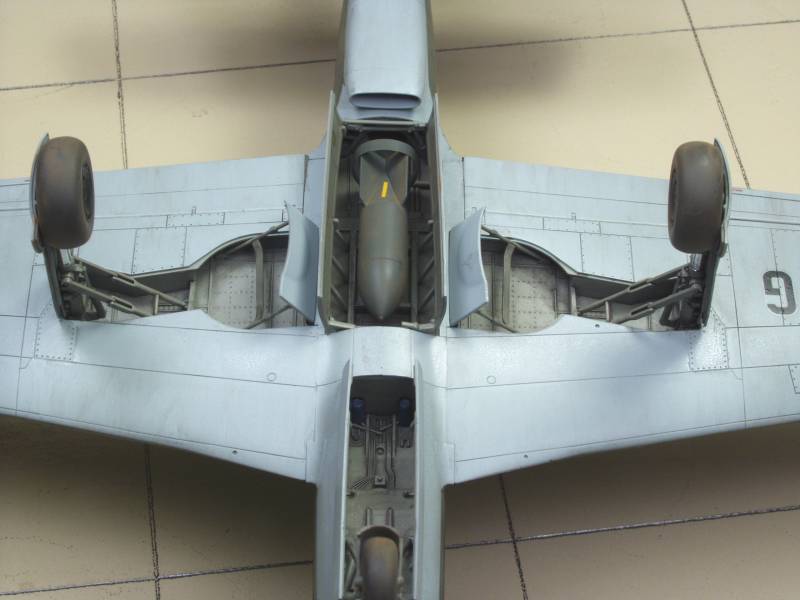
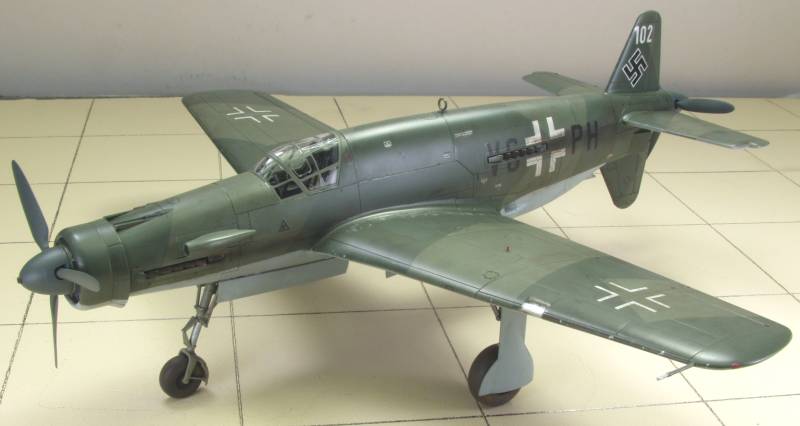
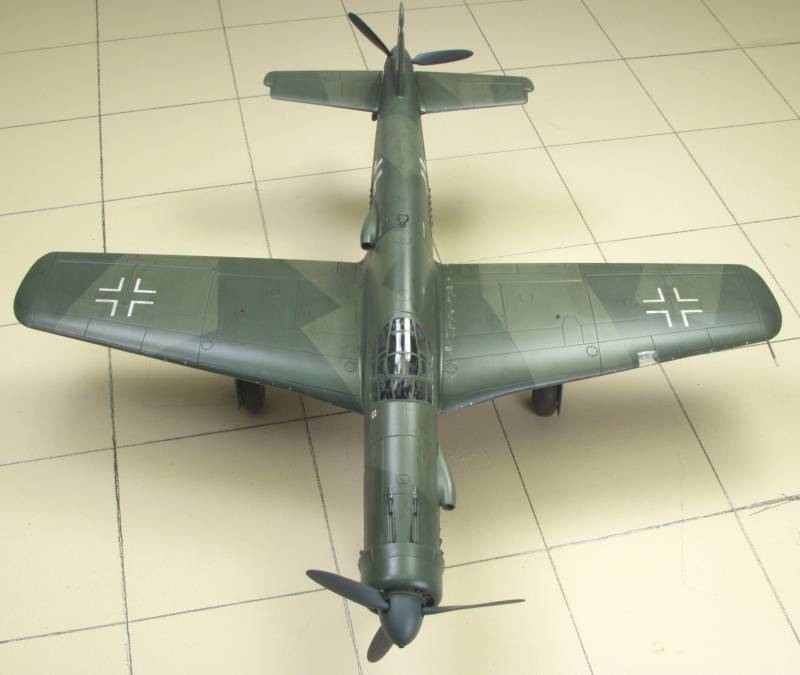
This kit is so well engineered and fits so well about the only thing you can mess up is the finish itself. Highly recommended !
Updated 12/31/08